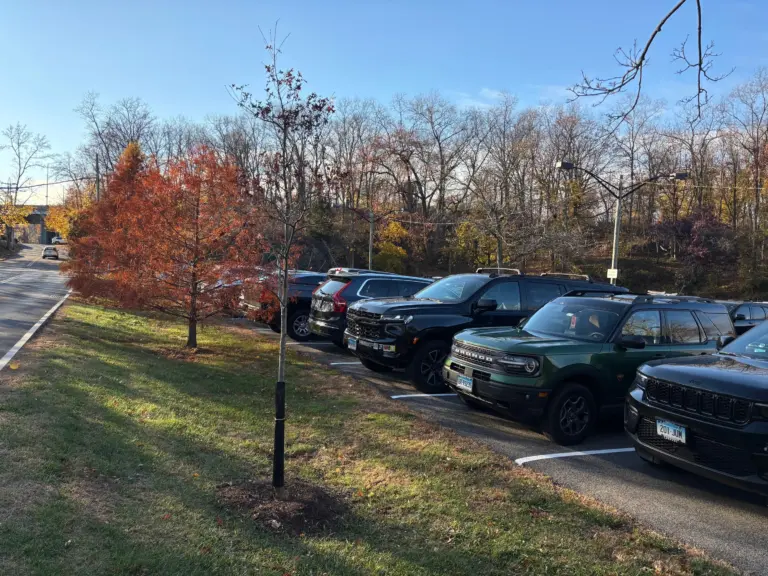By Peter Tesei
In the iconic 1939 film The Wizard of Oz, the main character Dorothy Gale, played by Judy Garland repeats the refrain “there is no place like home, there is no place like home”. For 42 years, Pathways Inc. has provided a warm and nurturing home for hundreds of clients in need of supported housing. Our clients enjoy the benefit of compassionate case managers and residential counselors who provide them daily enrichment of mind, body and soul. Each of Pathways three homes and one independent living apartment complex offer our clients the comfort and stability of client centered housing and life-skills educational programs, for adults with severe and prolonged mental illness.
Upon taking the helm as Executive Director of Pathways in November of 2021, I began to assess the condition of client living spaces with an eye toward refreshing personal spaces and bringing better functionality and serenity to our client’s bedrooms and common living space. We engaged our clients into selecting serene wall colors to create a more tranquil setting. Color is a powerful communication tool and can be used to signal action, influence mood, and even influence physiological reactions. Certain colors have been associated with physiological changes, including increased blood pressure, increased metabolism, and eyestrain.
The idea that color affects us psychologically is not a new concept as it first emerged in 1810 when the German poet and scientist Johann Wolfgang von Goethe penned the Theory of Colours. Since then, color psychology has been expanded upon as researchers seek to explain the impact it has on how we think, feel, and behave.
Color’s effects are so impactful that it has led to the development of color therapy. Also known as chromotherapy, color therapy helps treat mental health conditions by bringing balance to the body and mind through exposure to colored lights and visualizing certain colors.
At our Milbank Avenue Group Home, clients chose two shades of green for their bedrooms. Green’s calming effects might derive from its association with nature, which people typically experience as relaxing and refreshing. Some researchers think the positive association with green is hardwired in our brains from evolution. Early humans knew that green in nature indicated a place where they could find food, water, and shelter. At our Davis Avenue Supervised housing program the clients chose blue as their bedroom color. Blue calls to mind feelings of calmness and relaxation and is often described as peaceful, tranquil, secure and orderly.
Studies in the Personal and Social Psychology Bulletin and Psychology Today suggest that physical clutter makes it challenging to process information efficiently and can trigger a physical stress reaction, as clutter and messiness have often been linked to higher cortisol levels. When we see untidiness, our brain has to process all of the things we see in our field of vision, but our brain can only process so many things at once. When presented with clutter, our brains get overstimulated and have trouble processing all of the different objects we see. This leaves us completing daily tasks less efficiently and can make us feel overwhelmed and anxious.
Through the generous support of a local family foundation, we were able to provide our Milbank and Davis Avenue client’s new bedroom furniture designed for residential programs like Pathways. The furniture from Blockhouse Furniture is engineered and designed to meet the needs of behavioral health residences, facilitates keeping clients organized, and better able to manage their personal spaces. Over the past several months, we have seen the overall improvement in mood and client’s ability to keep themselves and their space tidy. These residences are their home and our commitment is to provide an environment that fosters their sense that “there is no place like home” and Pathways is that home for them.
If you wish to learn more about us please visit our website, https://pways.org and contact me for a visit. On Sunday May 21, Pathways is hosting a Walk to Stop the Stigma in collaboration with Brunswick School student leaders, Grant Schmidt and George Fugelsang. The Greenwich Community is welcome to participate and lead the effort to promote dignity; respect and empathy for all that are struggling with mental illness. Plans are currently underway for our annual fundraising gala on Saturday, October 28, 2023 at Burning Tree Country Club. Join us for a night of music and celebration to benefit the clients at Pathways and to raise awareness for our program, and be part of our team, to reduce the heavy stigma attached to those inflicted by severe and chronic mental illness. Help us continue to provide the hope, dignity and compassion our clients deserve.
Peter J. Tesei is the Executive Director of Pathways, Inc. and previously served as Greenwich’s First Selectman for 12 years (2007-2019). His public service spans 32 years as a former RTM member and Chair from District 9 and Chairman of the Board of Estimate & Taxation. He presently volunteers his time as the Chairman of the Board of the Greenwich Symphony Orchestra and as a Board member of the Greenwich Council of Boy Scouts of America.




